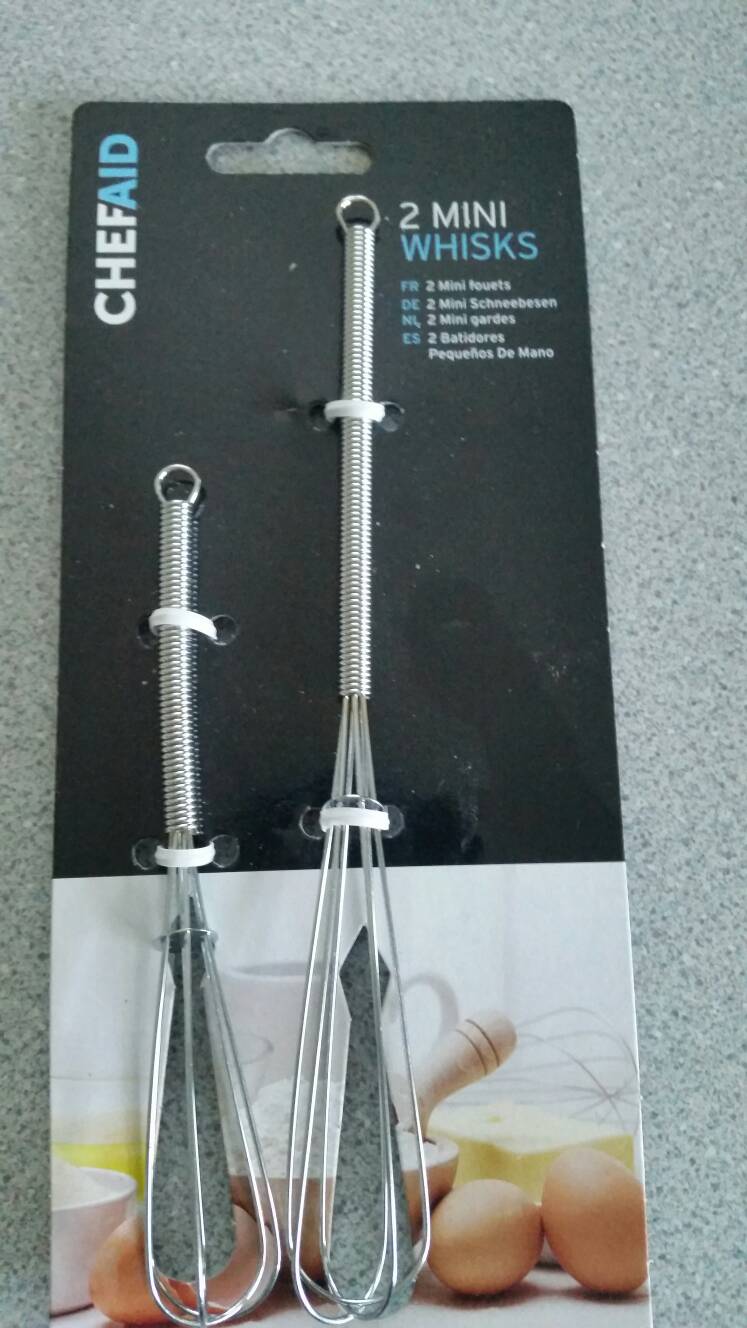Jacob
What goes around comes around.
Is there a trade type non-culinary stick blender for paint i.e. small enough to stick in a tin?
Yes I could make something up with a flat bit or whatever but the kitchen stick blenders are mega efficient. Perhaps I'll just get a cheap kitchen one.
Yes I could make something up with a flat bit or whatever but the kitchen stick blenders are mega efficient. Perhaps I'll just get a cheap kitchen one.







































